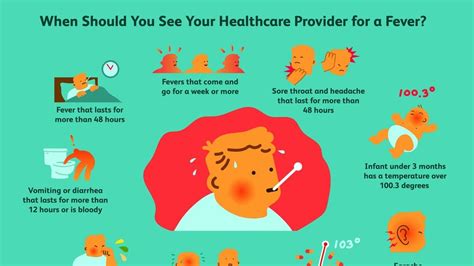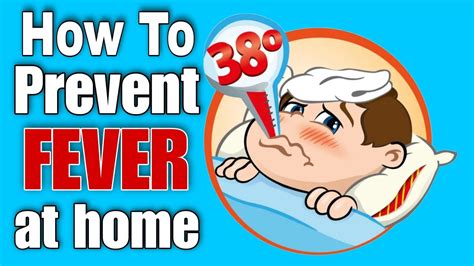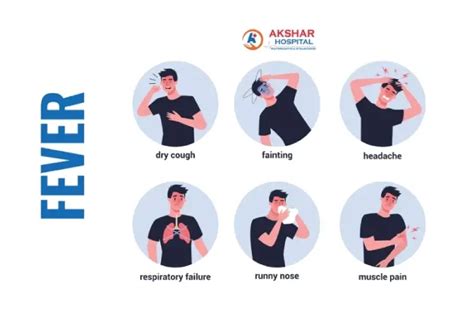Intro
Discover if 100.7 is a fever. Learn normal body temperature ranges, fever thresholds, and related symptoms like headache, fatigue, and sweating to determine if 100.7°F is a low-grade fever or normal.
Having a fever can be a distressing experience, especially when it comes to determining whether a specific temperature reading is considered a fever or not. A temperature of 100.7 degrees Fahrenheit is a common query among individuals, and it's essential to understand the implications of such a reading. In this article, we will delve into the world of fevers, exploring what constitutes a fever, the different types of fevers, and how to manage them effectively.
The human body's normal temperature ranges from 97.7 to 99.5 degrees Fahrenheit, with an average temperature of around 98.6 degrees Fahrenheit. However, this can vary from person to person, and factors such as age, sex, and time of day can influence body temperature. A fever, also known as pyrexia, is a temporary increase in body temperature, usually caused by an underlying infection or illness. The American Academy of Pediatrics defines a fever as a temperature above 100.4 degrees Fahrenheit, while the Centers for Disease Control and Prevention (CDC) considers a fever to be a temperature above 100.4 degrees Fahrenheit for adults.
When it comes to a temperature of 100.7 degrees Fahrenheit, it is indeed considered a low-grade fever. Low-grade fevers are typically characterized by a temperature range of 100.4 to 102.2 degrees Fahrenheit and are often associated with mild infections, such as the common cold or flu. In most cases, low-grade fevers are not a cause for concern and can be managed with over-the-counter medications, rest, and hydration. However, it's crucial to monitor the fever and seek medical attention if it persists or worsens over time.
Understanding Fevers

Fevers can be categorized into different types, including low-grade fevers, moderate fevers, and high fevers. Low-grade fevers, as mentioned earlier, are characterized by a temperature range of 100.4 to 102.2 degrees Fahrenheit. Moderate fevers, on the other hand, are defined as a temperature range of 102.3 to 104.0 degrees Fahrenheit and are often associated with more severe infections, such as pneumonia or meningitis. High fevers, which are temperatures above 104.0 degrees Fahrenheit, are considered a medical emergency and require immediate attention.
Causes of Fevers
Fevers can be caused by a variety of factors, including infections, inflammation, and immune system responses. Infections, such as bacterial, viral, or fungal infections, can trigger a fever as the body's immune system responds to the invading pathogens. Inflammation, which can be caused by injuries, allergies, or autoimmune disorders, can also lead to a fever. Additionally, certain medications, such as antibiotics and vaccines, can cause a fever as a side effect.Managing Fevers

Managing fevers effectively is crucial to preventing complications and promoting recovery. The first step in managing a fever is to stay hydrated by drinking plenty of fluids, such as water, clear broths, or electrolyte-rich beverages. Resting and avoiding strenuous activities can also help the body recover from the underlying infection or illness. Over-the-counter medications, such as acetaminophen or ibuprofen, can be used to reduce fever and alleviate symptoms. However, it's essential to follow the recommended dosage and consult with a healthcare professional before giving medications to children or individuals with underlying medical conditions.
When to Seek Medical Attention
While most fevers can be managed at home, there are certain situations that require medical attention. If the fever is extremely high (above 103.0 degrees Fahrenheit), persists for an extended period (more than 3 days), or is accompanied by severe symptoms, such as difficulty breathing, chest pain, or severe headache, it's essential to seek medical attention. Additionally, individuals with underlying medical conditions, such as diabetes, heart disease, or immune system disorders, should consult with their healthcare provider for guidance on managing fevers.Preventing Fevers

Preventing fevers is not always possible, but there are certain measures that can be taken to reduce the risk of developing a fever. Practicing good hygiene, such as washing hands frequently, avoiding close contact with individuals who are sick, and avoiding sharing personal items, can help prevent the spread of infections. Staying up-to-date on vaccinations, such as the flu vaccine, can also help prevent certain types of infections that can lead to fevers. Additionally, maintaining a healthy lifestyle, including a balanced diet, regular exercise, and adequate sleep, can help boost the immune system and reduce the risk of developing a fever.
Complications of Fevers
While most fevers are not a cause for concern, there are certain complications that can arise if left untreated or if the underlying infection or illness is severe. Febrile seizures, which are convulsions that occur in response to a fever, can be a complication of high fevers in children. Dehydration, which can occur if the individual is not drinking enough fluids, can also be a complication of fevers. In severe cases, fevers can lead to organ damage, such as brain damage or kidney damage, if left untreated.Treatment Options for Fevers

Treatment options for fevers depend on the underlying cause and severity of the fever. Over-the-counter medications, such as acetaminophen or ibuprofen, can be used to reduce fever and alleviate symptoms. In some cases, prescription medications, such as antibiotics or antiviral medications, may be necessary to treat the underlying infection or illness. In severe cases, hospitalization may be required to provide supportive care, such as intravenous fluids and oxygen therapy.
Home Remedies for Fevers
There are several home remedies that can be used to help manage fevers, including drinking plenty of fluids, resting, and using cool compresses to reduce body temperature. Additionally, certain herbs and spices, such as ginger and turmeric, have anti-inflammatory properties that can help reduce fever and alleviate symptoms.Conclusion and Next Steps

In conclusion, a temperature of 100.7 degrees Fahrenheit is considered a low-grade fever, which can be managed with over-the-counter medications, rest, and hydration. Understanding the causes and types of fevers, as well as how to manage and prevent them, is crucial to promoting recovery and preventing complications. If you have any concerns about a fever or are experiencing severe symptoms, it's essential to consult with a healthcare professional for guidance and support.
We hope this article has provided you with valuable information and insights on fevers. If you have any questions or comments, please don't hesitate to share them with us. Additionally, if you found this article helpful, please share it with your friends and family to help spread awareness about fevers.
What is a fever?
+A fever is a temporary increase in body temperature, usually caused by an underlying infection or illness.
What is the normal body temperature range?
+The normal body temperature range is between 97.7 and 99.5 degrees Fahrenheit, with an average temperature of around 98.6 degrees Fahrenheit.
When should I seek medical attention for a fever?
+You should seek medical attention for a fever if it is extremely high (above 103.0 degrees Fahrenheit), persists for an extended period (more than 3 days), or is accompanied by severe symptoms, such as difficulty breathing, chest pain, or severe headache.
How can I manage a fever at home?
+You can manage a fever at home by staying hydrated, resting, and using over-the-counter medications, such as acetaminophen or ibuprofen, to reduce fever and alleviate symptoms.
Can fevers be prevented?
+While fevers cannot be completely prevented, practicing good hygiene, staying up-to-date on vaccinations, and maintaining a healthy lifestyle can help reduce the risk of developing a fever.
